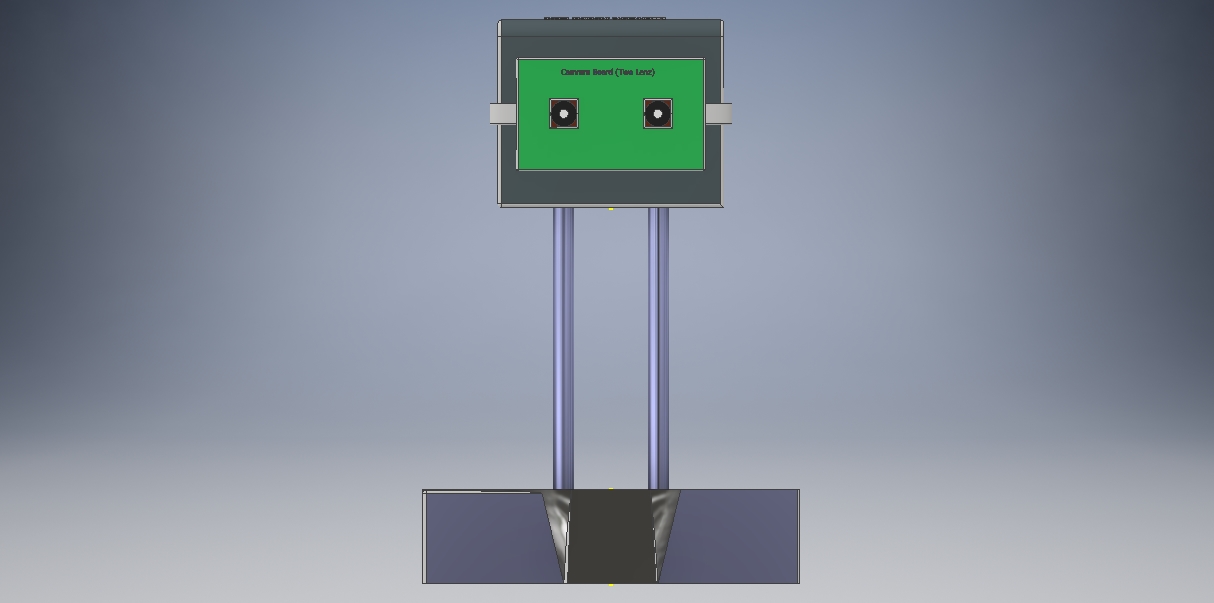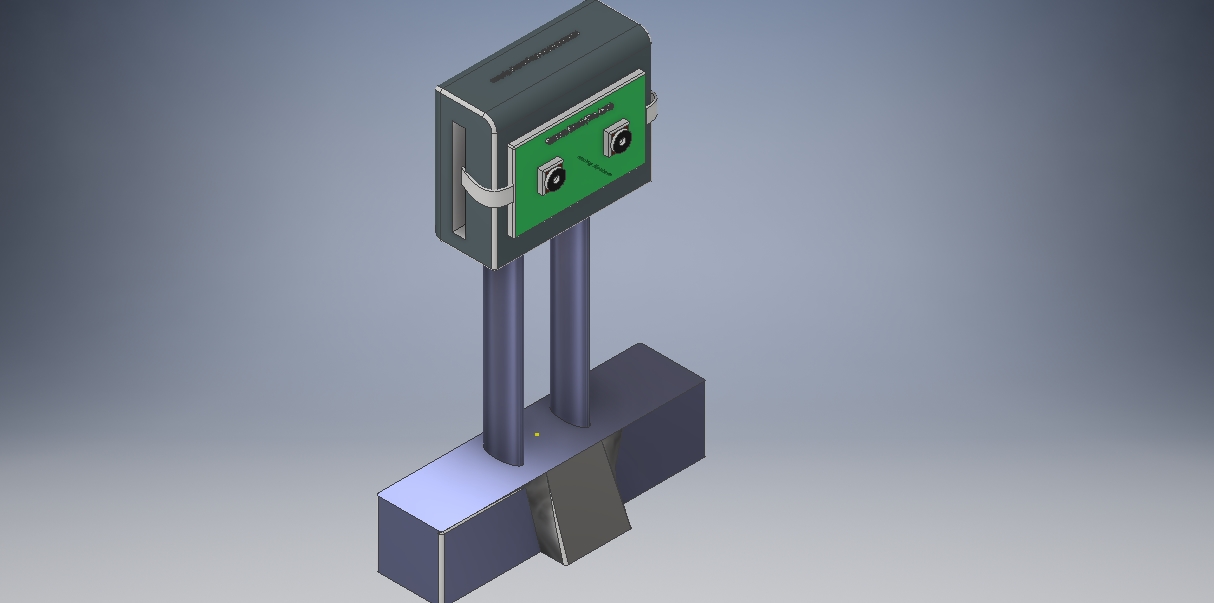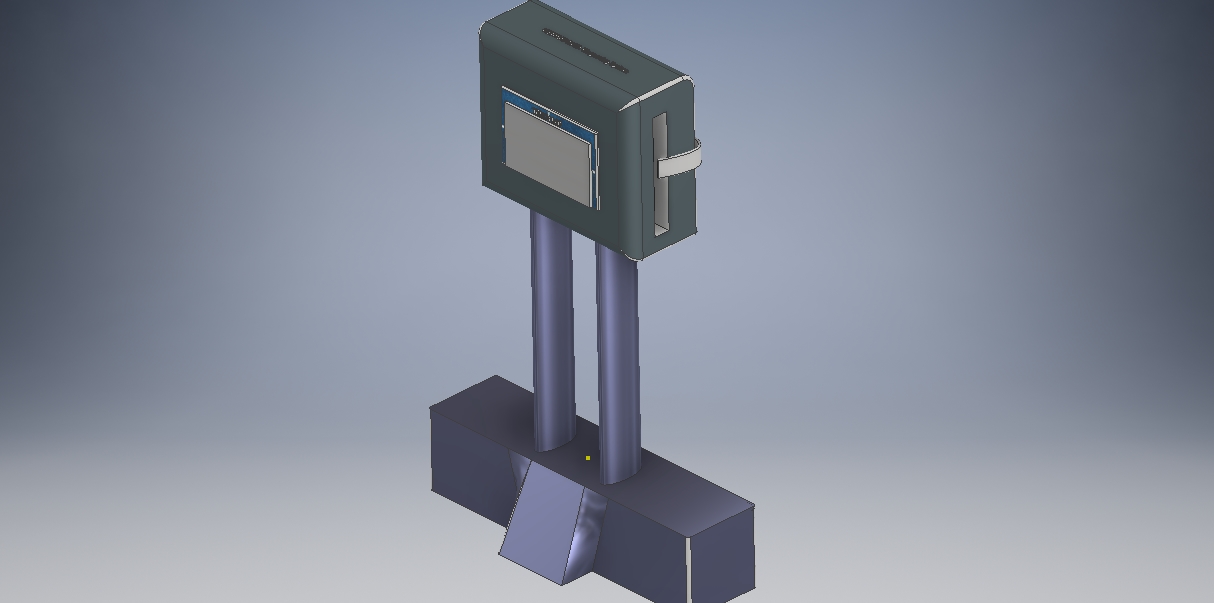The system for early detection of Heterochromia disease in the neonates
Published:
Patent Number (Open this link just with Iran IP): ir 139850140003011312
Information about the invention
| Title of Invention | The system for early detection of Heterochromia disease in the neonates |
|---|---|
| Declaration number | 139850140003011312 |
| Registration number | 104189 |
| Date of registration of the declaration | 2020-03-04 |
| Name of Owner/Owners | Seyed Yahya Moradi - Mohammad Hossein Mohammadi |
| Name of Inventor/Inventors | Seyed Yahya Moradi - Mohammad Hossein Mohammadi |
| International classification | A61B 5/00 |
Documents
Persian version
| File | Download Link | File | Download Link |
|---|---|---|---|
| Description | Download | Claims | Download |
| Map | Download | Arbitration Report | Download |
English version
| File | Download Link | File | Download Link |
|---|---|---|---|
| Description | Download (coming soon!) | Claims | Download (coming soon!) |
| Map | Download (coming soon!) | Arbitration Report | Download (coming soon!) |
Summary
Vision is one of the most critical special senses, not only because it plays an essential role in the external environment. If not treated in time (especially in childhood), many eye diseases cause blindness and cause irreparable problems for sick people. They will have many limitations in the individual and social life of the patients. However, early detection and diagnosis of diseases have always been critical, and one of the purposes of this invention is to identify heterochromia in infants. The preventive policy of this idea is essential to predict and identify diseases and underlying factors. The mechanism of this disease takes steps.
In this idea, there is a new method for presenting, examining, and diagnosing color changes in the irises of the eye and the degree of conformity, uniformity, and uniformity of color in all parts of the iris, and more specialized for measuring and diagnosing ocular heterochromia in infancy and Early to prevent the progression and inhibition of the activity and progression of underlying and related diseases. Its main principles are based on the processing of images and videos taken from the eye, and according to the output of artificial intelligence algorithms, the percentage of similarity of the irises of the eye in terms of all colorimetric parameters in terms of color type, becoming, matching, uniformity and … In other words, this device is designed to predict or diagnose heterochromia and its related diseases in infants.
Title of invention in Persian “دستگاه تشخیص زودهنگام بیماری چشمی هتروکرومیا در نوزادان”



Related technical context of the invention
- Medicine and ophthalmology: This idea has been designed and implemented in order to improve the accuracy and performance of physicians and ophthalmologists, and its application in this field is evident.
- Medical Engineering: Considering the use of engineering sciences in order to improve and assist in diagnostic and therapeutic methods, it can be said that this idea of medical engineering has been used in order to design and optimize the relationship between engineering and medicine.
- Electrical and computer engineering: Electronic science and artificial intelligence in the field of computer engineering have been used in the design of some parts of the device.
- Mechanical engineering: Mechanical science has been used in designing the body, cover, cover, and molds of the system.
Explain at least one practical method for applying the invention
This system is used to measure the density and uniformity of iris color and its accessories in order to examine the eye to diagnose heterochromia in infants. Its main principles are based on the processing of images and videos taken from the eye, and according to the output of artificial intelligence algorithms, the percentage of similarity of the irises of the eye in terms of all colorimetric parameters in terms of color type, becoming, matching, uniformity and … In other words, this device is designed to predict or diagnose heterochromia and its related diseases in infants.
This system is a set of interconnected electronic, mechanical and physical factors that are designed to predict or diagnose heterochromia and its related diseases in infants. This system is used in medical, diagnostic, laboratory, and home centers to check the degree and percentage of iris color matching, in other words, to check whether or not there is heterochromia.
Contact the Inventors for more information
| Pic | Name | Information |
|---|---|---|
 | Seyed Yahya Moradi | 1. Personal Website 2. LinkedIn 3. S.YahyaMoradi@yahoo.com |
 | Mohammad Hossein Mohammadi | 1. Personal Website 2. LinkedIn 3. M.H.Mohammadimir2017@gmail.com |
